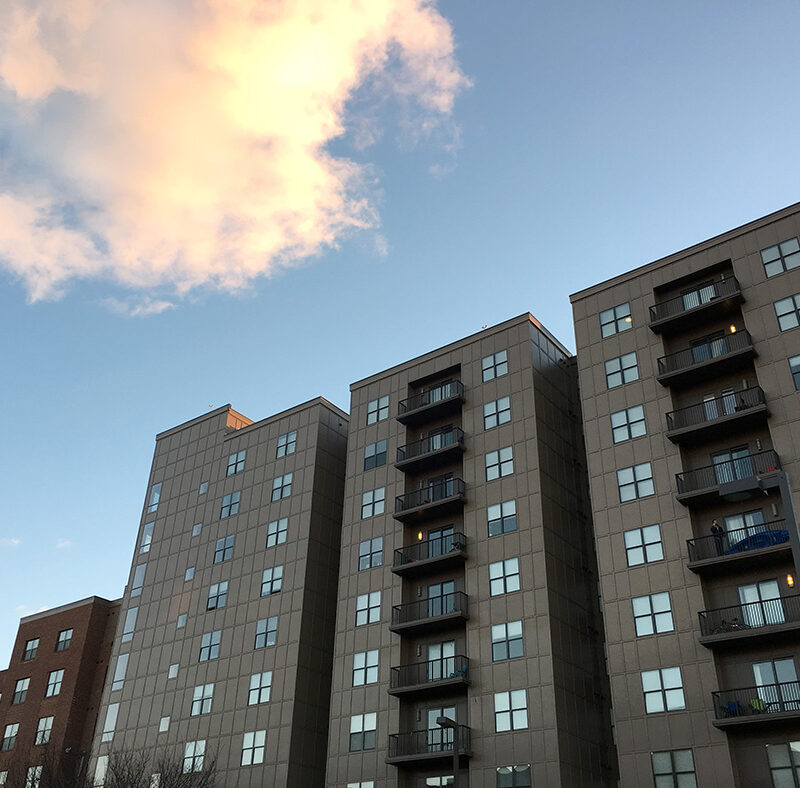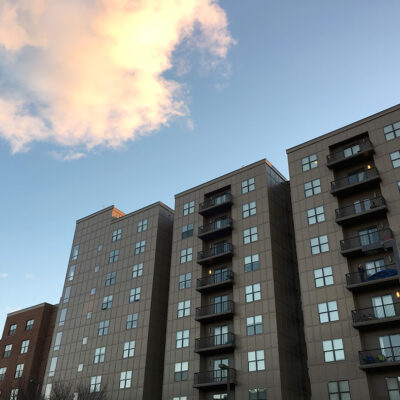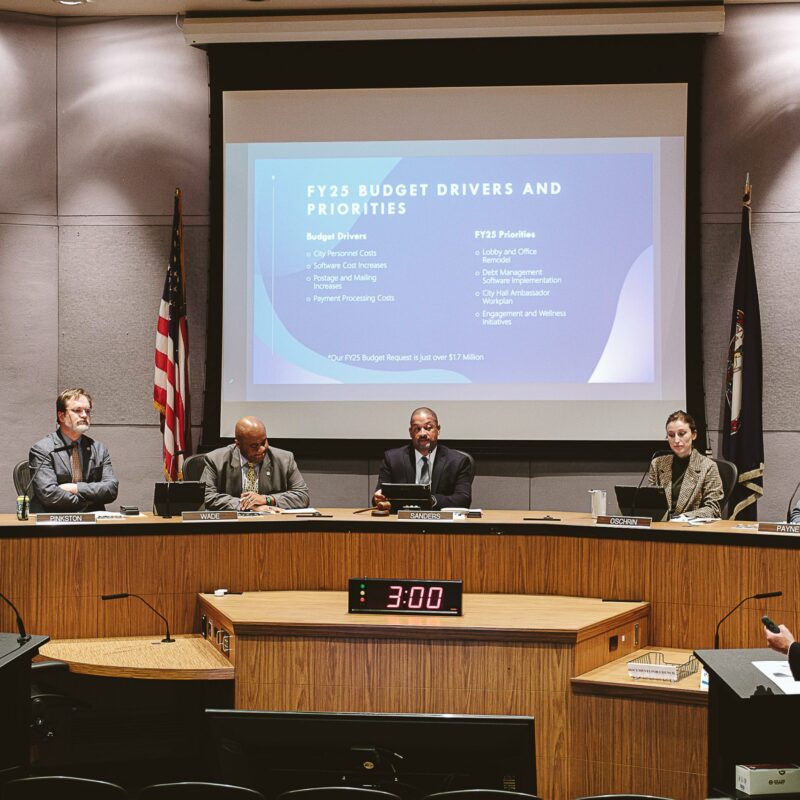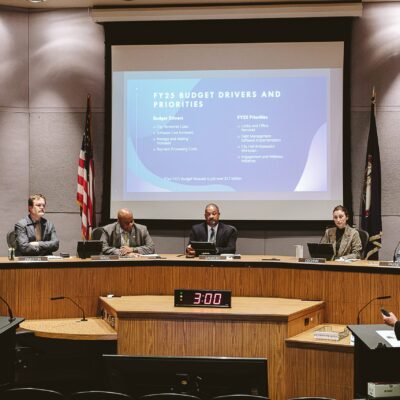In the weeks since a pair of natural disasters compromised nuclear reactors at Japan’s Fukushima Daiichi plant, locals looked to Louisa County’s North Anna Nuclear Power Plant, located 30 miles from Charlottesville, and asked whether a similar catastrophe could occur.
|
Dominion Power spokesman Ric Zuercher says a nuclear power plant like North Anna (pictured), 30 miles from Charlottesville, “is a safe place to be located close to.” |
Nope, says Ric Zuercher, a spokesman for Dominion Power, which operates the North Anna plant.
“A nuclear power plant is a safe place to be located close to, because there is so much that goes on to protect the public health and safety,” he says. Indeed, Dominion has proposed a third reactor at the site.
“Safe” is a relative term, says Paul Benneche, former supervisor of UVA’s own nuclear reactor, located off of Old Reservoir Road and nonoperational since 1998. “All nuclear plants in the United States are designed to withstand what is called the ‘expected maximum earthquake’ for an area,” he tells C-VILLE. “North Anna was designed to withstand and it obviously withstood all the earthquakes that we’ve had”—by his count, only three or four during the last 40 years.
In the case of a reactor emergency at North Anna, Dominion would provide residents who live within a 10-mile Emergency Planning Zone with instruction on what to do and where to go. (In comparison, U.S. officials called for a 50-mile evacuation radius around Fukushima, while Japanese officials suggested a 13-mile radius.)
While winds could determine the spread of some airborne radioactive materials, Charlottesville is not included in Dominion’s evacuation and sheltering area. Bob Spieldenner, director of public affairs for the Virginia Department of Emergency Management, says the Charlottesville area would instead be monitored for impacts on agriculture and livestock. “We would tell folks to bring their livestock into barns…and feed them stored feed instead of letting them graze,” he says.
Louisa resident Jerry Rosenthal, a member of the People’s Alliance for Clean Energy, lives 18 miles from North Anna. Rosenthal says the Fukushima crisis “undoes” the idea that nuclear power is safe. In 2002, the Nuclear Regulatory Commission (NRC) supplied the Virginia Department of Health with potassium iodide pills for a one-time distribution to Louisa residents like Rosenthal, but those pills have since expired. Japanese citizens near Fukushima were given the same pills soon after the natural disaster damaged the nuclear reactors. Now, in a local nuclear emergency, pills would be available at predesignated emergency areas.
“If you are exposed to radioactive iodine, you need to take the pills immediately,” says Rosenthal. “And definitely within 24 hours.” Spieldenner says the state Department of Health decided to change its approach to the pills. Instead of mass distribution, officials decided to have residents go to evacuation facilities to obtain the pills.
Last week, a Charlottesville-based radiation detection center identified small radioactive particles tied to a plume generated by the Japanese plant, according to the New York Times. The local Radionuclide Station, part of the Comprehensive Test Ban Treaty Organization (CTBTO), is sensitive enough to detect even the smallest particles of radioactivity. The station, located about four-and-a-half miles outside of Charlottesville, is one of 80 stations created to uphold the Nuclear Test Ban Treaty.
“The station is capable of registering both solid and gaseous [radionuclides]”—particles produced in a nuclear explosion, says Kirsten Haupt, a CTBTO employee based in Vienna, Austria.
However, while Haupt could not confirm the amount and types of particles found in Charlottesville, potassium iodide doesn’t seem necessary. “What we register is sometimes lower than natural background radiation,” says Haupt.
UVA Professor Grant Goodell says small amounts of radiation are commonplace.
“Most of us walk around in radiation all day long, from space and from normal soil particles, from man-made things like wristwatches, [and from] bananas and all foods that contain potassium,” he says. “We couldn’t live without it, really, and most of us are pretty well attuned to the level that we live with.”
/NorthAnna_PAUL-J.jpg)





